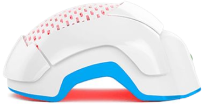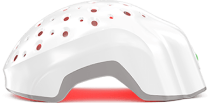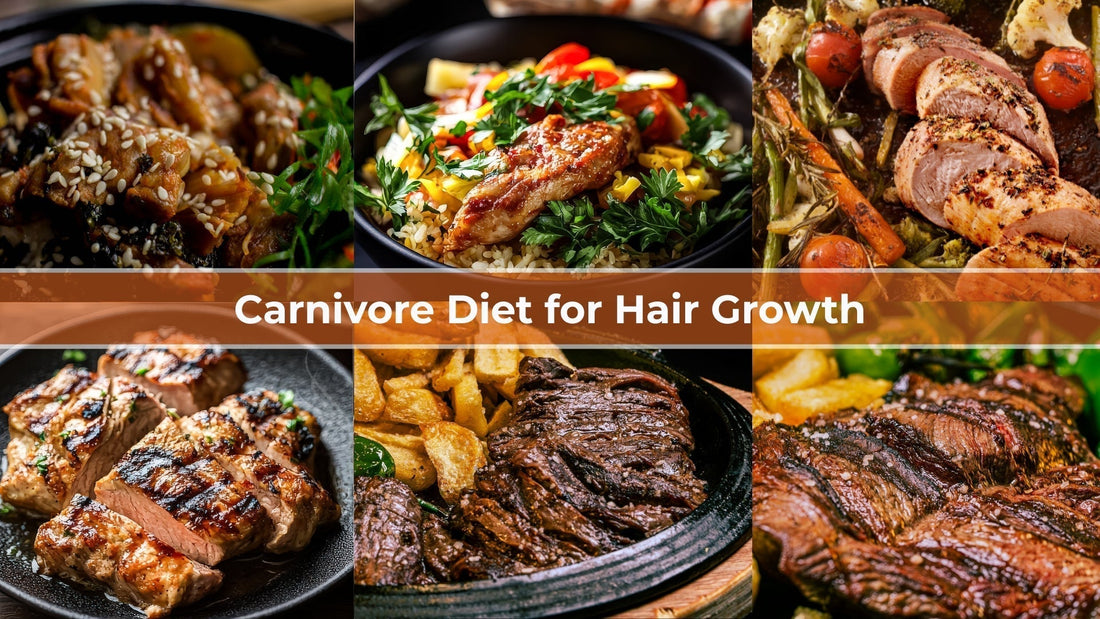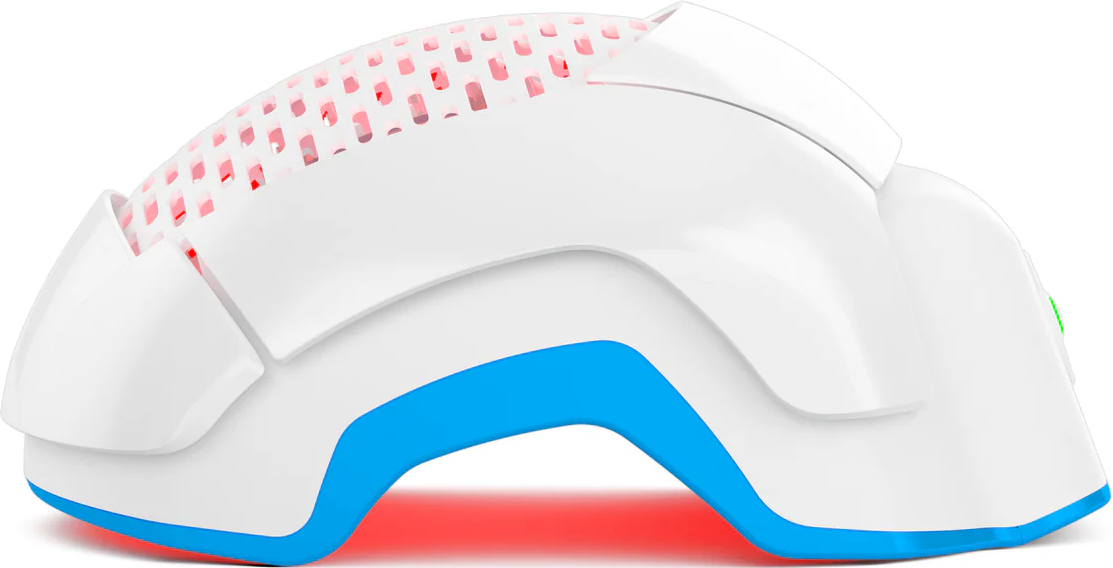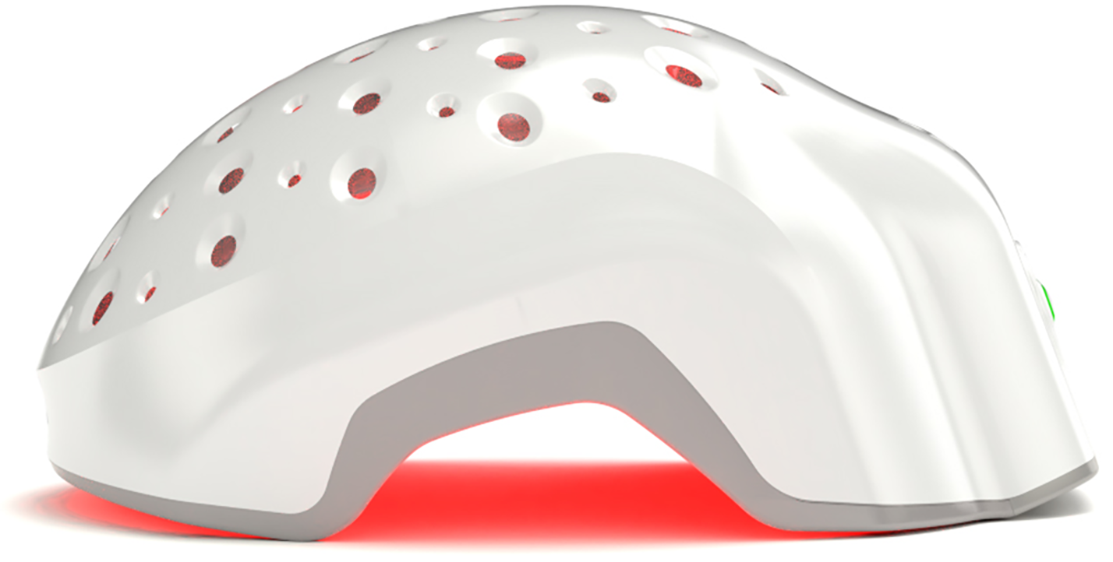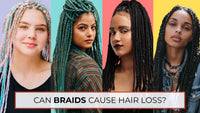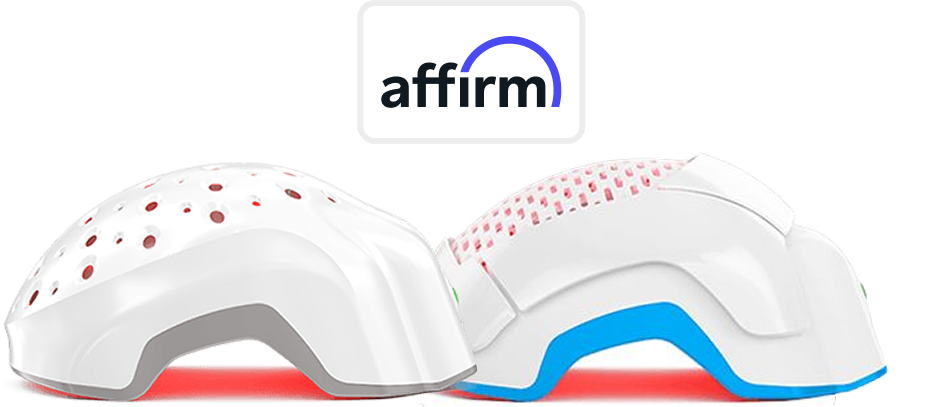There is no clinical trial evidence that a strict carnivore diet directly regrows hair. High protein and certain minerals can help hair biology, but restrictive eating patterns can trigger telogen effluvium after rapid weight loss and may create micronutrient gaps that matter to follicles. Proven options like Laser Phototherapy (FDA-cleared), minoxidil, and appropriate medical care remain the backbone of treatment.
What Is the Carnivore Diet, and Why Do People Link It to Hair?
The carnivore diet is a highly restrictive eating pattern that includes animal-derived foods only. No plants. No grains. Often no dairy unless someone chooses a “carnivore-adjacent” version. Some followers report clearer skin, calmer digestion, and… thicker hair. Anecdotes travel fast. But anecdotes are not trials. The best-known study here is a self-report survey of 2,029 carnivore eaters that tracked perceived benefits. Useful for hypotheses, yes, but it cannot prove causality for hair.
Why hair, specifically?
Because hair is metabolically needy. It reflects protein status, iron handling, thyroid harmony, stress physiology. Change those inputs quickly and follicles notice. Sometimes noisily. We’ll come back to timing in the telogen effluvium section below.
How Hair Growth Works and What Nutrients Really Matter
Hair grows in repeating phases: anagen (growth), catagen (transition), telogen (rest). Triggers like illness, major stress, crash dieting, or postpartum shifts can push too many follicles into rest at once, leading to a diffuse shed. New hairs usually return as the cycle resets. That’s the simplified map, but it’s enough for our purpose here.
Nutritional Foundations for Hair Follicles
Protein is obvious. Hair shafts are keratin-dense, and adequate daily protein supports structure. Iron status matters too; dermatology work often checks ferritin as a proxy for iron stores in diffuse shedding, even though thresholds and intervention targets vary across studies. Vitamin D shows associations with several nonscarring alopecias, though causality is unsettled. Zinc can be relevant in specific contexts like alopecia areata. And vitamin C supports collagen and capillary integrity; profound deficiency can show up as corkscrew hairs and perifollicular bleeding. We also want to keep oxidative stress in check with antioxidant-rich foods… which strict carnivore omits by design.
Does the Carnivore Diet Help or Hurt Hair?
There are no randomized clinical trials testing a carnivore diet for hair outcomes. The largest peer-reviewed look so far is the Lennerz et al. survey, which is cross-sectional and self-reported. That’s hypothesis-generating, not proof. Separately, a 2024 nutrient adequacy modeling study evaluated multiple carnivore variants against national reference values. It found strong coverage for some nutrients but highlighted potential shortfalls without organ meats or dairy. Again, modeling is not outcomes. Useful, but not definitive for hair.
Potential Benefits for Hair On Carnivore
More protein can support keratin synthesis. Carnivore meals can be rich in iron, zinc, B12, selenium and other cofactors that follicles use. Reducing ultra-processed foods may lower inflammatory noise for some individuals. These are plausible mechanisms, not guarantees. Evidence for direct regrowth on carnivore remains absent.
Risks and Gaps for Hair Health
Strict carnivore, especially without organ meats or fortified dairy, risks low vitamin C and folate. Vitamin C deficiency is notorious for perifollicular hemorrhage and corkscrew hairs. Too much liver can push vitamin A into toxic territory with hair loss among early symptoms. High selenium intake can also cause diffuse shedding. Less discussed but important, rapid weight loss and big energy swings are classic triggers for telogen effluvium that shows up 2–4 months later. That’s the timeline that panics people. It’s also the one that resolves when physiology stabilizes.
Fiber-restriction changes the gut microbiome and may indirectly affect micronutrient handling. The hair-specific implications aren’t fully mapped. We’re watching that space.
How Diet Influences Hair Loss Types
Telogen Effluvium (TE) And Crash Diets
TE is a diffuse shed that occurs when many follicles jump into telogen synchronously after a stressor. Diet is one stressor. So are fever, surgery, illness, childbirth, major life events. The shed commonly begins about 2–4 months after the trigger and often improves within 3–9 months as the trigger recedes and anagen returns. That lag is why people blame the wrong thing. It wasn’t yesterday’s meal. It was the whole shift months ago.
Androgenetic Alopecia (AGA) And Metabolic Health
AGA is hormonally and genetically patterned, yet several reviews link it to metabolic syndrome features. Association isn’t destiny, but it’s a nudge to respect metabolic health. Could a low-carb or carnivore pattern improve insulin resistance for some and indirectly help scalp physiology? Possibly for overall health… but there’s no proof of carnivore slowing AGA progression itself.
Evidence-Based Hair Loss Treatments vs. Diet Alone
FDA-Cleared Laser Phototherapy (LPT)
LPT uses low-power red or near-infrared light to photobiomodulate follicles. Mechanistically, photons are absorbed by mitochondrial cytochrome-c oxidase, nudging ATP production, transient ROS signaling, and nitric oxide release. The net effect supports anagen without heat. Multiple RCTs and meta-analyses show increased hair density versus sham in androgenetic alopecia for men and women, with favorable safety. Home hair-growth lasers are FDA-cleared devices via the 510(k) pathway; consumer systems typically use low-power Class IIIa/3R-level optics appropriate for home use. Cold, not burning. Persistent, not flashy.
Minoxidil And Finasteride
Minoxidil remains foundational. Topical forms are OTC; low-dose oral minoxidil is increasingly used off-label with growing supportive literature in AGA. Finasteride is FDA-approved for male-pattern hair loss; topical finasteride and combination approaches are discussed in recent dermatology updates. These therapies have a far stronger evidence base than any specific diet for regrowth.
Adjuncts: Microneedling, PRP
Meta-analyses indicate that microneedling + minoxidil can outperform minoxidil alone. PRP shows beneficial signals for density and thickness in many studies, although protocols vary and evidence quality ranges from moderate to low depending on the analysis. These are useful adjuncts when individualized by a clinician.
If You’re Considering Carnivore, What Should You Watch For?
Start with diagnosis. Rule in or out pattern loss vs diffuse shedding. Many dermatology sources advise seeing a board-certified dermatologist to identify causes and personalize care.
Discuss labs with your clinician if you make big diet changes or if shedding appears:
-
Ferritin/iron studies
- TSH (thyroid)
- 25-OH vitamin D
- Consider zinc and B12 in select cases or dietary histories
These are common elements in medical workups for diffuse shedding. Exact panels vary by patient.
Watch for warning signs on strict carnivore:
- Diffuse shedding peaking around month 3–4 after you start.
- Brittle nails, easy bruising, gum bleeding, or corkscrew hairs suggesting vitamin C issues.
- Fatigue and dry skin with heavy liver intake suggesting vitamin A excess.
- Nail changes and shedding with unusually high selenium intake.
Mitigation tips if you still want to trial it for other reasons:
- Avoid crash dieting. Keep calories adequate.
- Consider including nutrient-dense animal foods such as eggs and dairy if tolerated, and organ meats in sensible amounts.
- Do not megadose supplements. Be especially careful with vitamin A and selenium.
Conclusion
No RCTs, no direct carnivore-to-hair proof. It’s mostly anecdotes and nutrient models. Meanwhile, the hair cycle responds predictably to stress and energy shifts, so fast changes in weight or intake can prompt a temporary shed that feels worse before it gets better. If you choose to test carnivore for other health reasons, do it slowly, watch your labs, and support your scalp with evidence-based treatments. In our clinic world, Laser Phototherapy is a steady, FDA-cleared companion alongside minoxidil and appropriate medical care… a routine that favors consistency over spectacle.


